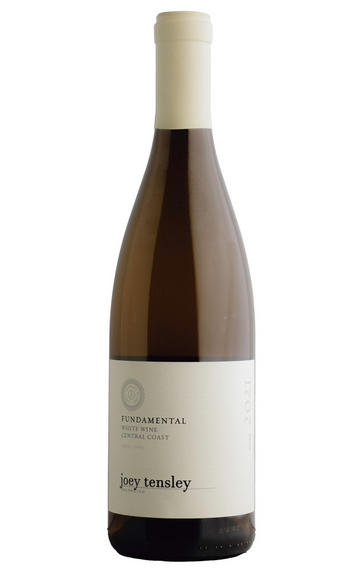
2021 Joey Tensley, Fundamental White, Central Coast, California, USA
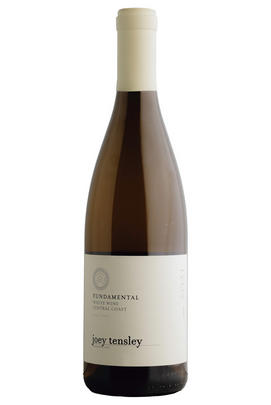
Critics reviews
Grenache Blanc, Marsanne and Roussanne. Fundamental is Joey Tensley’s range of quality, value wines, intended to’ over-deliver at every level’.
Remarkably tense blend from a winery close to Au Bon Climat. It’s salty and broader on the palate but still a fine wine. Good stuff! And it’s not a bad price.
Drink 2022 - 2025
Jancis Robinson MW, JancisRobinson.com (September 2023)
The 2021 Fundamental White is loaded with fresh red and green apple, lemon peel, beeswax and jasmine aromas. The palate is light-bodied, rounded and wonderfully refreshing with a long, floral finish. This drinks wonderfully on its own but will be great for the table.
Drink 2022 - 2027
Erin Brooks, Wine Advocate (December 2022)
The 2021 White Wine (50% Viognier, 25% Grenache Blanc, and the rest Marsanne and Roussanne) sports a medium gold hue to go with a ripe, opulent nose of caramelized peach, honeyed flowers, toasted brioche, and marmalade. It brings lots of fruit and texture, stays lively and balanced, with good freshness, and is going to shine on the dinner table with richer cuisine.
These Fundamental Wines are made by Joey Tensley and focus on value. Based on this tasting, I’d say he succeeds admirably.
Jeb Dunnuck, JebDunnuck.com (August 2022)
About this WINE
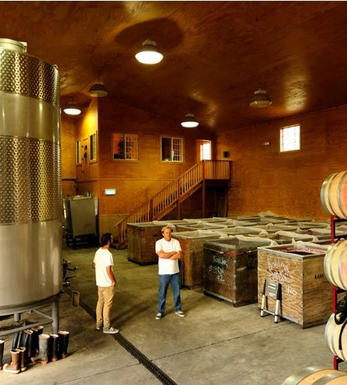
Tensley Wines
Joey Tensley discovered wine at the age of 12 during a soccer trip to Bordeaux. He started making wine in 1993 at 22 and set up his own Tensley brand in 1998, spending the next 20 years finessing his craft with vintages in Chile, Argentina, Spain, and the Rhône Valley. Joey had already discovered a particular passion for Syrah and had started his own production in Santa Barbara with the mindset to create great quality and affordable wines from Rhône varieties.
He has since extended his range, producing exciting top-quality Syrah from single vineyards with excellent cellaring potential under the Tensley label, as well as brilliant and affordable Rhône blends, Chardonnay, Pinot Noir, and Cabernet Sauvignon for drinking now under his Fundamental label.
Joey’s approach is simple: he works with great fruit from the best growers in the Central Coast and is as ‘hands-off’ as possible in the winery with minimum use of oak and sulfur. In 2016, he purchased 16 acres of his only estate vineyard, Colson Canyon, which lies above the all-important fog line, from which he had already been buying grapes to make his flagship cuvée since 2000.
Known as the King of Syrah, Joey Tensley has become renowned for his expertise with this variety, gaining a long list of accolades and high scores from critics such as Robert Parker. Today, he is widely recognized as one of the foremost winemakers in California. His wines reflect his thoughtful, laid-back approach and demonstrate a mineral purity that is quite exceptional for this region, especially at these price points.
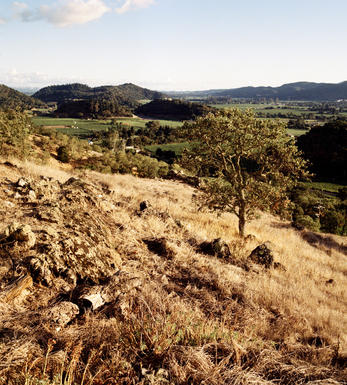
Santa Barbara County
At the foot of the Central Coast, just north of Los Angeles, the Santa Barbara County reverberates with its Missionary past, although viticulture as we know didn't arrive here until the 1970s. Now there are 6,000 ha of world class Pinot Noir & Chardonnay.
While fog banks shape the season, together with a notable rainfall deficit between May & November, elevated terraces such as Bien Nacido in the Santa Maria Valley AVA faciliate premium fruit growing. Santa Ynez Valley AVA enjoys similar trait, though cooler still;
Recommended Producers:
Au Bon Climat's Sanford & Benedict Chardonnay from the region's Santa Rita hills is a prime example. Qupe are another excellent source
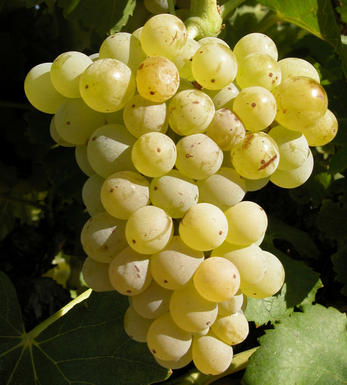
White Rhône Blend
With the exception of the wines from Condrieu and Château-Grillet virtually all Rhône Valley whites are made from blends.
In the north, the white wines of Hermitage, Crozes-Hermitage, St-Joseph, and St-Péray are produced from blends of Marsanne and Roussanne. Generally Marsanne is the dominant partner and it lends colour, body and weight to the blend, as well as richly scented fruit. Roussanne, a notoriously low yielder and pernickety to grow, produces intensely aromatic wines which contribute bouquet, delicacy and finesse to the blend.
Until about 15 years ago there was very little interest in southern Rhône whites as it was widely believed that the combination of dull non aromatic grapes and the baking summer heat meant quality wine production was nigh impossible. Since then the quality has improved markedly through the introduction of cool fermentation techniques and increased plantings of northern Rhône white grapes.
The base of many blends is still Grenache Blanc, a widely planted variety producing fresh wines with apple-like fruits, often with hints of aniseed. Ugni Blanc is still found in many blends, as is Clairette though their general lack of character and definition has led to a reduction in plantings. The future for southern Rhône whites appears to lie with Roussanne, Marsanne, and, increasingly, Viognier.


Buying options
Add to wishlist
Description
This gorgeous blend of Grenache Blanc, Marsanne and Roussanne is exceptionally fine and fresh with all the textural weight you would expect of a Rhône-style white wine yet with perfect poise and finesse. Notes of white flowers and stone fruit mingle with a peach kernel, ripe lemon and a touch of spice. This is a really glorious, food-friendly white wine.
Drink now - 2026
Catriona Felstead MW, Senior Buyer, Berry Bros. & Rudd (March 2023)
wine at a glance
Delivery and quality guarantee